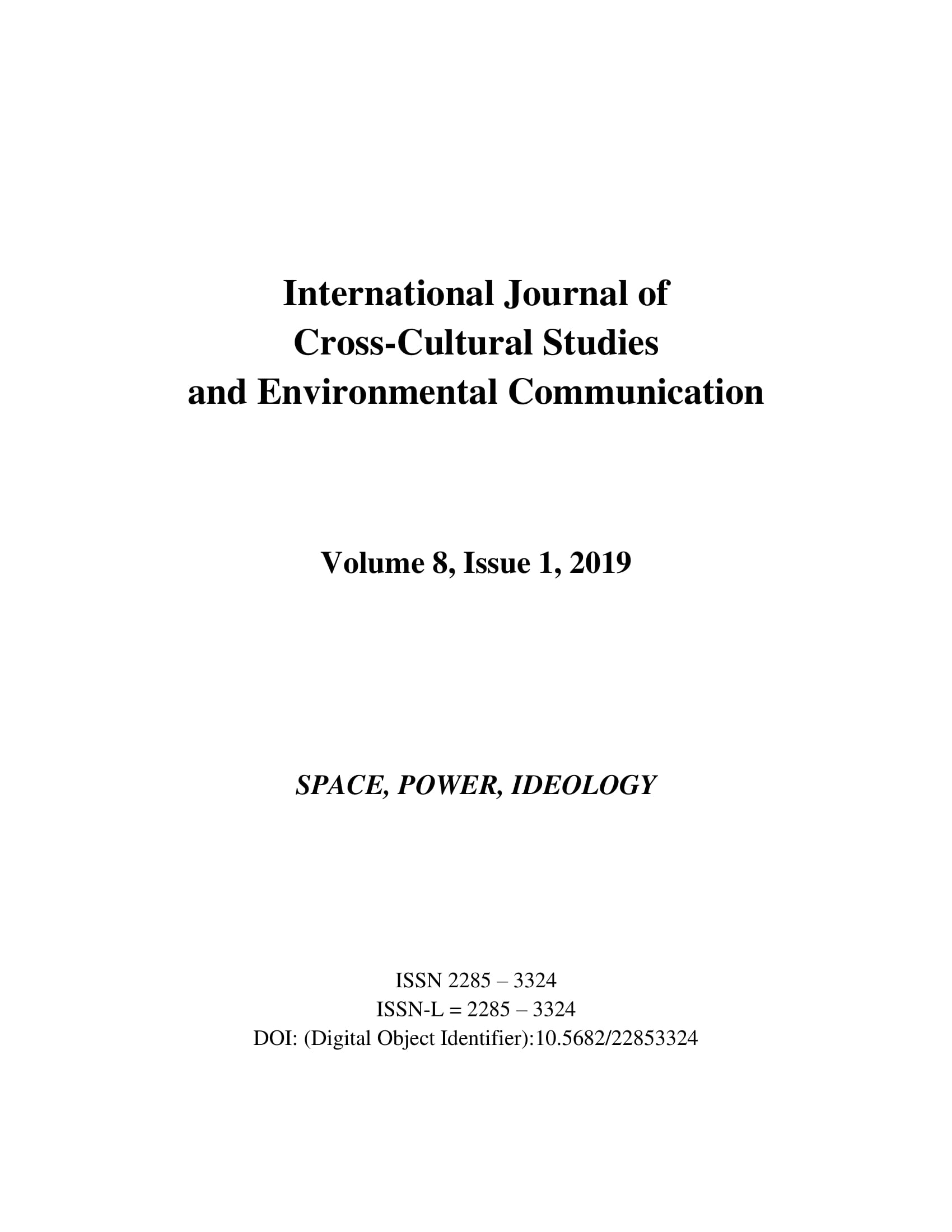THE BEAT CULTURE AND THE RECONFIGURATION OF SPACE IN HOWL, ON THE ROAD, NAKED LUNCH AND HOLY BARBARIANS
THE BEAT CULTURE AND THE RECONFIGURATION OF SPACE IN HOWL, ON THE ROAD, NAKED LUNCH AND HOLY BARBARIANS
Author(s): Bianca-Roxana Moise (Neacsu), Adina CiugureanuSubject(s): Language and Literature Studies, Studies of Literature
Published by: Editura Universitară & ADI Publication
Keywords: Postwar America; Beat Generation; space; mobility; power; identity; juxtaposition of culture;
Summary/Abstract: The Beat writers are known, besides their non-conformist literary works, to have managed to create liberating spaces in the disorienting and controlling spatial dimension of postwar America. Whatever work of the Beats one chooses to discuss, such as Allen Ginsberg's Howl(1956), Jack Kerouac's On the Road (1957)or William Burroughs' Naked Lunch (1959), space is either used as a writing tool, leading to the eradication of control or, when it comes to the cities, it is reshaped revealing journeys as spiritual escapes. At the same time, Lawrence Lipton's Holy Barbarians (1959) introduces Venice, Los Angeles, as a spatial dimension empowering “the rebellious, the nonconformists […] the misfits, the broken, the doomed, the drunk and the disillusioned” to form their own identities, to manifest their visions and show their power(16-17). The present article deals with the way space is related to culture, identity, power and resistance in the works of Beat writers such as Lawrence Lipton, Allen Ginsberg, Jack Kerouac and William Burroughs.
Journal: International Journal of Cross-Cultural Studies and Environmental Communication
- Issue Year: 8/2019
- Issue No: 1
- Page Range: 57 - 65
- Page Count: 9
- Language: English

